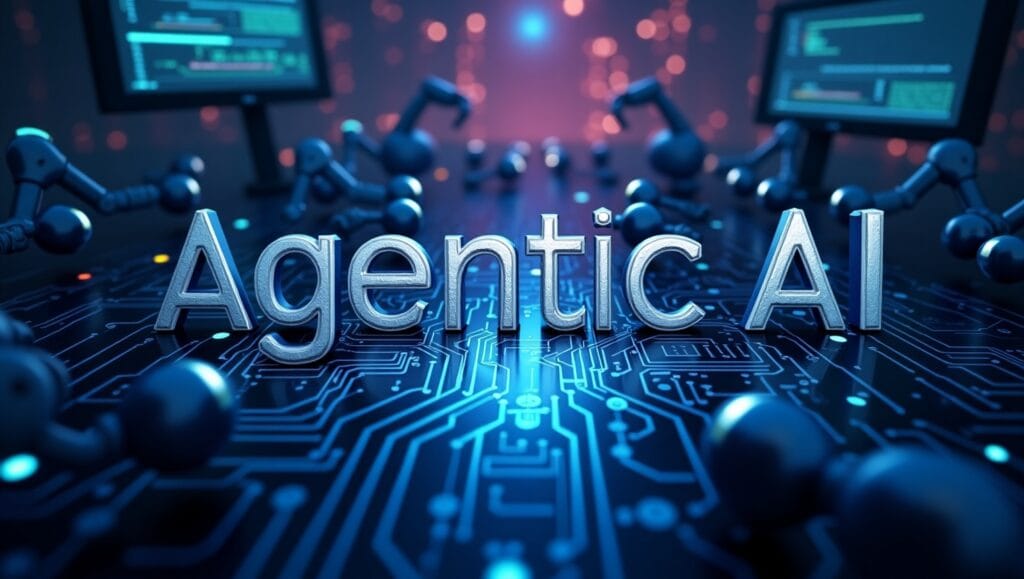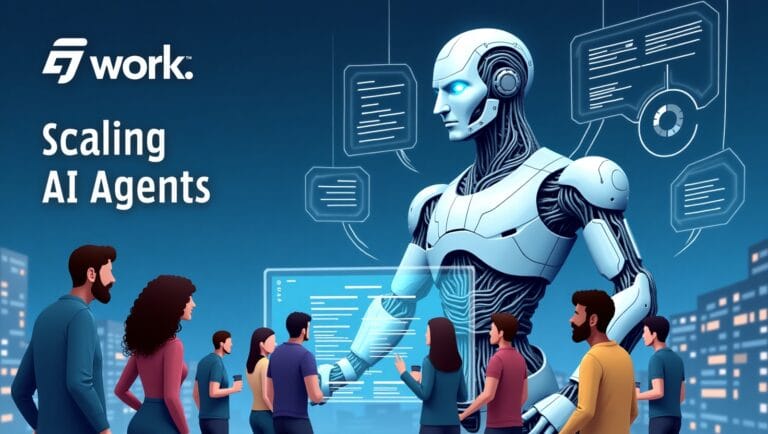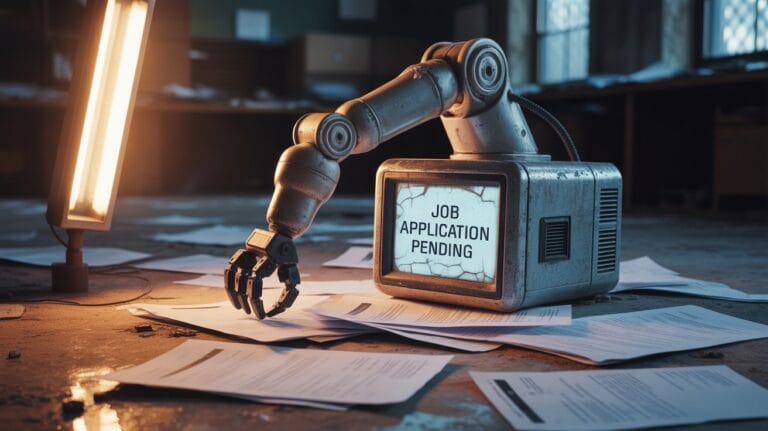Why This Story Matters Now
Artificial Intelligence isn’t new — but what’s arriving in 2025 is different.
While traditional AI waits for commands, Agentic AI acts on its own, executing multi-step decisions in real time without constant human supervision.
Analysts predict that by 2028, Agentic AI will manage 15% of daily operational decisions inside enterprises — from medical treatment adjustments to instant portfolio rebalancing. That’s a shift so significant that it could redefine the way organizations operate, making early adoption a strategic necessity.
1. Understanding Agentic AI: More Than Just Automation
The term “Agentic AI” refers to AI-powered software agents capable of pursuing goals independently.
Key distinctions from traditional AI:
- Proactivity: Acts before being told what to do.
- Autonomy: Executes tasks without manual approval.
- Adaptability: Learns and evolves as environments change.
Think of it as moving from AI as a calculator to AI as a trusted colleague — one who never gets tired, forgets deadlines, or loses focus.
2. The Origins and Evolution of Agentic AI
Agentic AI emerged from two converging trends:
- Advances in Reinforcement Learning – Systems began training themselves through trial-and-error simulations.
- Improved Contextual Understanding – Language models evolved to interpret complex scenarios, not just answer queries.
Early prototypes appeared in autonomous vehicles and robotic process automation (RPA). However, in 2025, the focus has shifted to decision-making intelligence in software-only environments.
3. Core Components of an Agentic AI System
An Agentic AI is built from several integrated layers:
- Perception Layer – Collects and processes incoming data from APIs, IoT devices, or databases.
- Decision-Making Engine – Uses algorithms to weigh possible actions and select optimal paths.
- Action Layer – Executes the decision in connected systems (e.g., placing a trade, sending a shipment).
- Learning Feedback Loop – Reviews the outcome and adjusts for future improvements.
This architecture allows the AI to operate like a self-directed employee embedded in your digital infrastructure.

4. Real-World Applications in 2025
Healthcare
- Dynamic Treatment Adjustments – AI agents monitor patient vitals in real time, altering medication dosages instantly if readings change.
- Predictive Diagnostics – Analyzes historical health data to detect risks before symptoms appear.
Example: A Singapore hospital reduced readmission rates by 23% using an agent that continuously monitors recovery data.
Finance
- Portfolio Rebalancing – Agents monitor markets 24/7 and shift assets automatically to maintain risk tolerance.
- Fraud Detection – Autonomous systems flag anomalies in milliseconds, stopping suspicious transactions before they settle.
Example: A European fintech uses an AI agent to process 1.2 million transactions daily with zero downtime.
Logistics & Supply Chain
- Route Optimization – Adjusts delivery schedules based on weather, traffic, and customer availability.
- Inventory Balancing – Predicts shortages and reroutes stock before demand spikes.
Example: A global shipping company cut delays by 19% through AI-driven routing agents.
Customer Support
- Proactive Issue Resolution – Detects patterns in complaints and solves them before customers contact support.
- Hyper-Personalized Recommendations – Suggests solutions tailored to each customer’s profile.
5. The Business Advantages
Companies adopting Agentic AI report:
- Faster Decision Cycles – Reduced human bottlenecks in approvals.
- Cost Efficiency – Lower operational overhead by automating repetitive thinking tasks.
- Scalability – Ability to handle increased workloads without additional hires.
6. The Risks and Challenges
Despite its promise, Agentic AI brings new risks:
- Ethics and Accountability – Who is responsible for an AI-driven decision gone wrong?
- Security Vulnerabilities – Agents operating autonomously could be manipulated by malicious actors.
- Regulatory Gaps – Laws are still catching up to this level of automation.
7. The Future: 2025–2030 Predictions
Analysts foresee:
- Mainstream Enterprise Adoption by 2027.
- Hybrid Decision Models where humans oversee high-stakes calls but AI manages routine workflows.
- Industry-Specific Specialization — Finance agents, healthcare agents, legal research agents, each trained for a specific domain.

8. How Businesses Can Prepare Now
- Start Small – Pilot projects in low-risk areas.
- Train Teams – Ensure staff understand how to work alongside AI agents.
- Invest in Governance – Define rules and oversight for autonomous decisions.
Conclusion
Agentic AI isn’t coming — it’s here. Businesses that explore and implement it today will likely outperform competitors still debating its value. In a few short years, it may be as standard as email, CRM systems, or cloud storage.
Stay Update with techsplits.com







